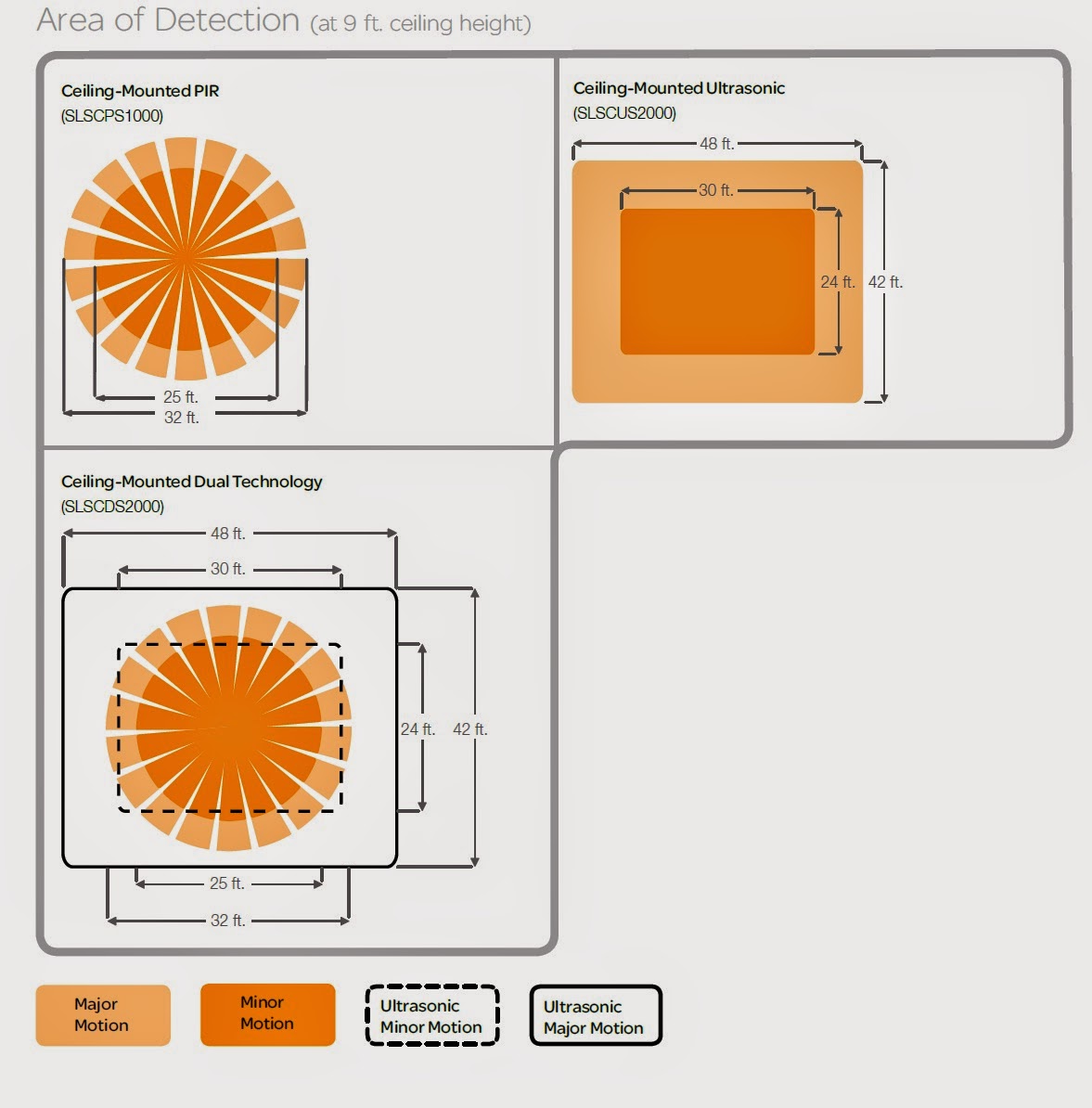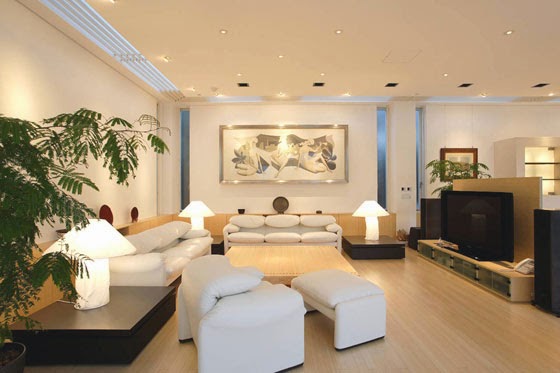Elements of Building Management Systems

Audio Video System Integration Board Room / Meeting Rooms / Auditorium Public Announcement System Lighting Automation Energy Monitoring and Conservation Curtain Automation Fire Security Systems Surveillance Solutions Access Control Systems Power Trunking Water Management System EPABX, Video Door Phones, Intercom Elevator Control Visitor Management Advantages of Building Automation System (BAS) Centralized control Remote support Reduced complaints Staff optimization Seamless integration Energy savings Increase level of comfort Improved security BAS powers Flexibility & Convenience No location constaint Visualization Parameterization Alarm Monitoring Room Automation Data Point Lights Blinds / Curtains Temperature Sockets / Appliances Motion and Occupation Smoke Doors and Windows contacts Access Control Camera





